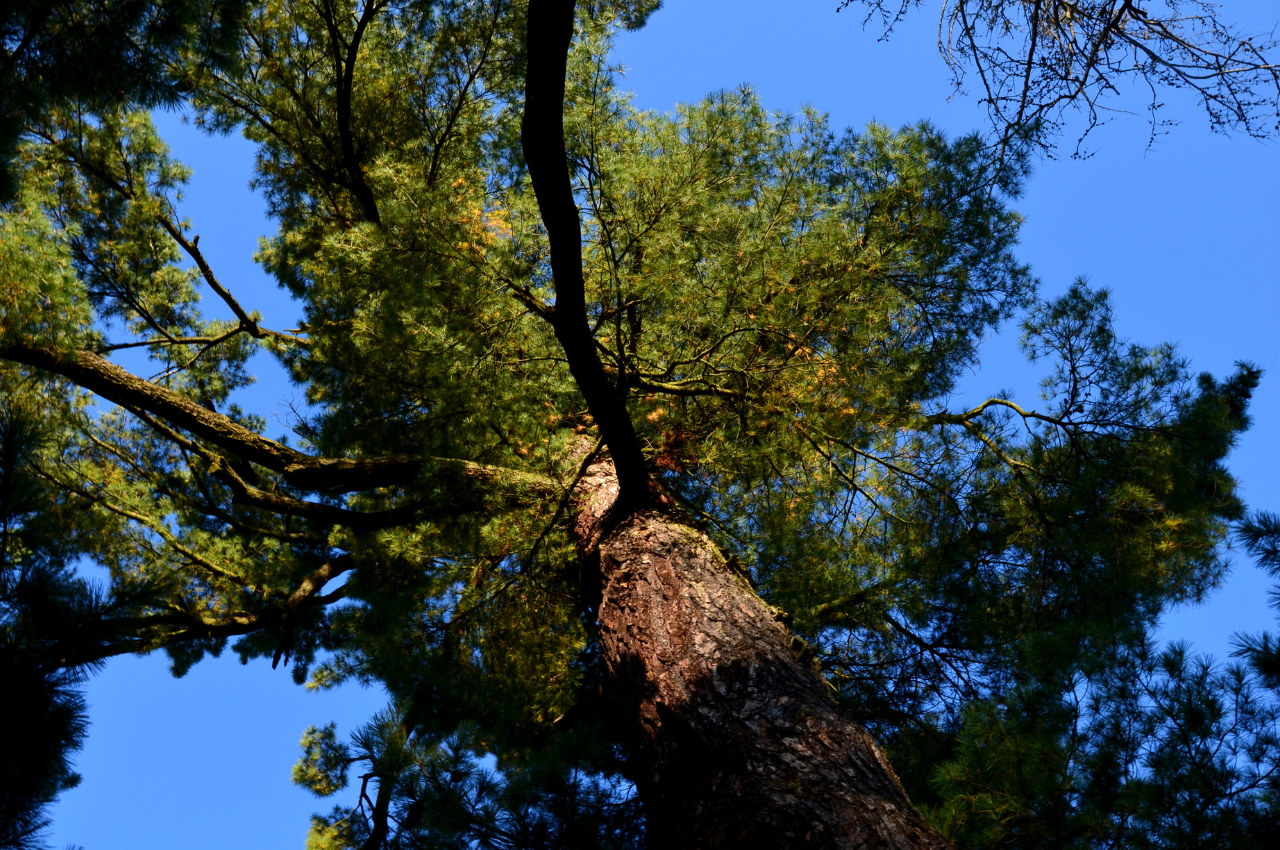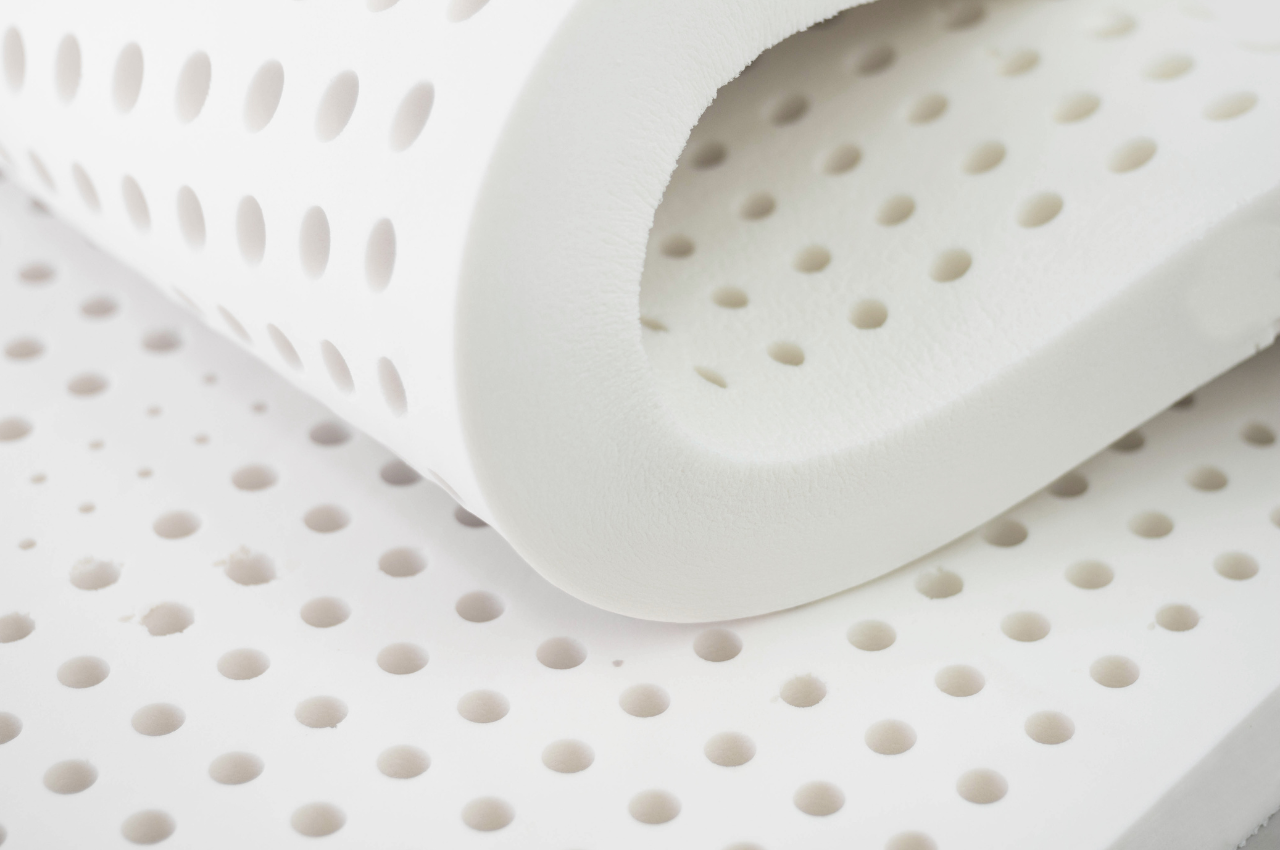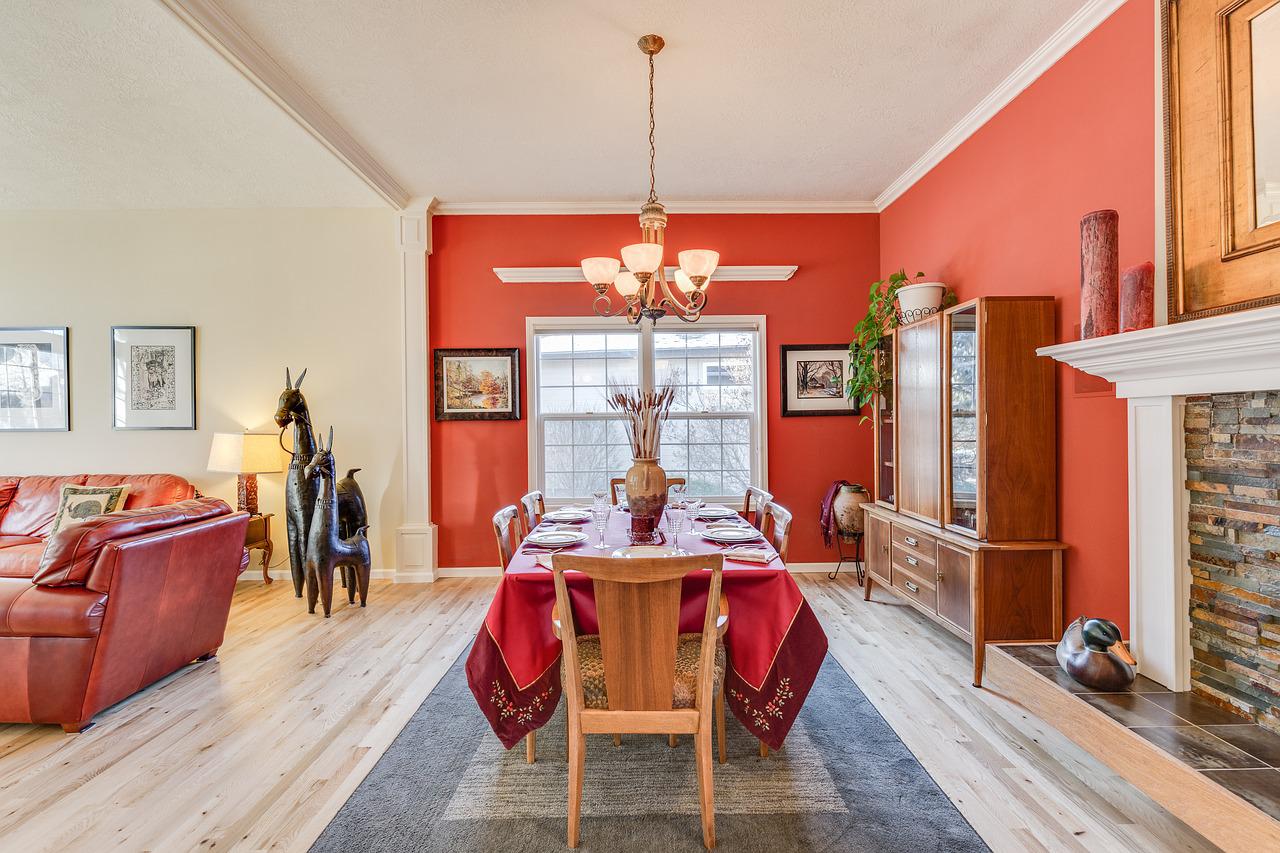Pine is among the most popular materials used in wood furniture. Its main selling point, the reason it has become a staple for both manufacturers and DIYers, is its budget-friendly price point. Compared to local hardwoods like Maple and White Oak, Pine is considerably less expensive.
But how does it stack up against other woods in terms of quality? Is Pine the best option for furniture? Take a closer look at its traits to determine if it's the right material for your home.
Pine Tree Traits
Some of the most commonly used pine species in the US include Eastern White Pine and Southern Yellow Pines, which include the Longleaf, Loblolly, and Shortleaf Pines. These trees vary in size, but they typically grow 100 feet or more. They also share quintessential pine features, such as flaky or scaly bark, needle-like leaves that grow in bundles, pine cones as fruit, and a prominent scent.
Now, is Pine a hardwood or a softwood? Pine is classified as a softwood because it is a conifer, a type of tree that produces cones and has needle-shaped leaves. Being a softwood doesn't imply that Pine is soft to the touch. It's dense enough to serve as a material for woodworking projects. However, with its faster growth rate, it results in a less dense cellular structure, making it softer compared to hardwood. In contrast, hardwoods grow more slowly, allowing for a more complex and denser cellular structure to develop.
Features of Natural Pine Wood
Color and Grain: Freshly cut Pine appears creamy or pale yellow and can sometimes bear a hint of pink or light brown, depending on the species and the tree itself. With exposure to sunlight, the color tends to darken to amber. Most pine species feature a straight grain with occasional swirls and knots.
Workability: Among Pine wood's best qualities is its workability. As it is lightweight, quick to cut, and sands smoothly, Pine is easy to work with using both hand tools and power tools.
Cost: Compared to hardwoods like Cherry, White Oak, and Walnut, Pine is significantly more affordable. It's widely accessible across North America and grows quickly.
Pros and Cons of Pine Furniture
Pro 1: Affordable without compromising character. Pine is one of the most affordable solid wood options on the market. Although it's a softwood, it's still solid wood, not a particleboard with plastic laminate or a piece of plywood. It has character, a natural wood grain with swirls and knots.
Pro 2: Easy to work with. As a softwood, Pine is easier to manage than a dense hardwood. The material is workable enough, even among beginner DIYers. Moreover, it's noticeably lightweight, which means pine furniture is quicker to move around at home.
Pro 3: Widely available and grows fast. The pine species used for woodwork are mostly widely available across the US and have a relatively faster growth rate. This abundance helps keep prices down and the supply steady.

Cons 1: More susceptible to surface wear. As a softwood, Pine is more vulnerable to dents and scratches from everyday use. The color also deepens over time, giving the furniture a warm, aged look. But others may be disappointed to see a light and creamy piece take on an amber or yellow cast.
Cons 2: Less durable in the long run. The material doesn't have the same hardness and density as hardwoods like walnut, cherry, and maple. It's also susceptible to warping and shrinking. When used for furniture that sees high traffic daily, like dining tables, Pine may wear out more quickly or show signs of aging sooner.
Con 3: Absorbs stains quickly, which isn't always a good thing. Pine tends to soak up stains unevenly, which may result in a piece with a blotchy or patchy finish.
Is Pine the Best Option for Furniture?
No, Pine isn't the best option for furniture. But it's a good choice for those who want a budget-friendly material for furniture, one that is natural as opposed to particleboard, plywood, or MDF.
However, if you value durability and longevity, especially for heavy-use pieces like a dining table or bed frame, consider local hardwoods, such as White Oak, Maple, Cherry, and Walnut. They offer better resistance to wear and are proven to last for decades. When crafted well, a piece of furniture made with these wood species maintains its structural integrity, strong enough to pass on to the next generation.
If you want a stronger material with a light color like pine, maple is an excellent contender. Although its color also tends to darken, maple exhibits more stable color changes, and the changes are more restrained than those in pine.
Related Posts
- Is Cedar a Good Wood for Furniture?
- Hickory for Wood Furniture, Yay or Nay?
- Where to Find Solid Wood Furniture
Photo by beekeepx from Getty Images via Canva



Leave a comment
This site is protected by hCaptcha and the hCaptcha Privacy Policy and Terms of Service apply.